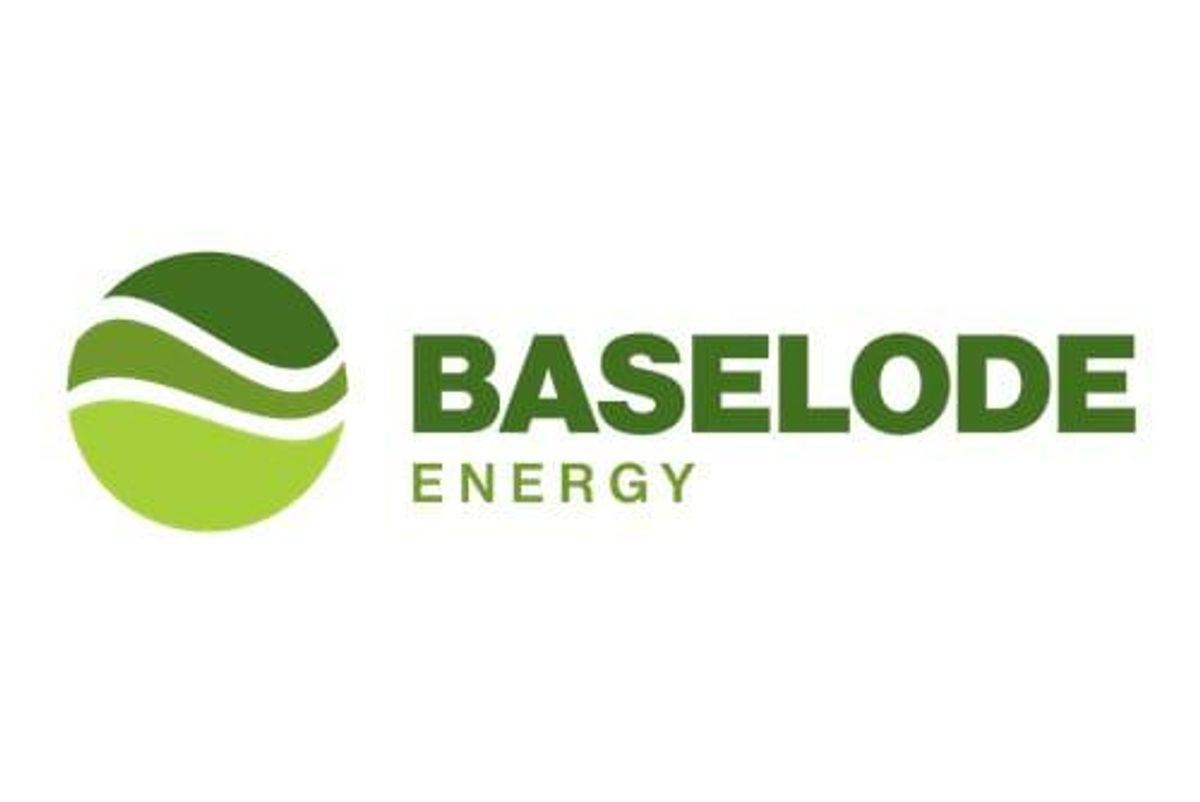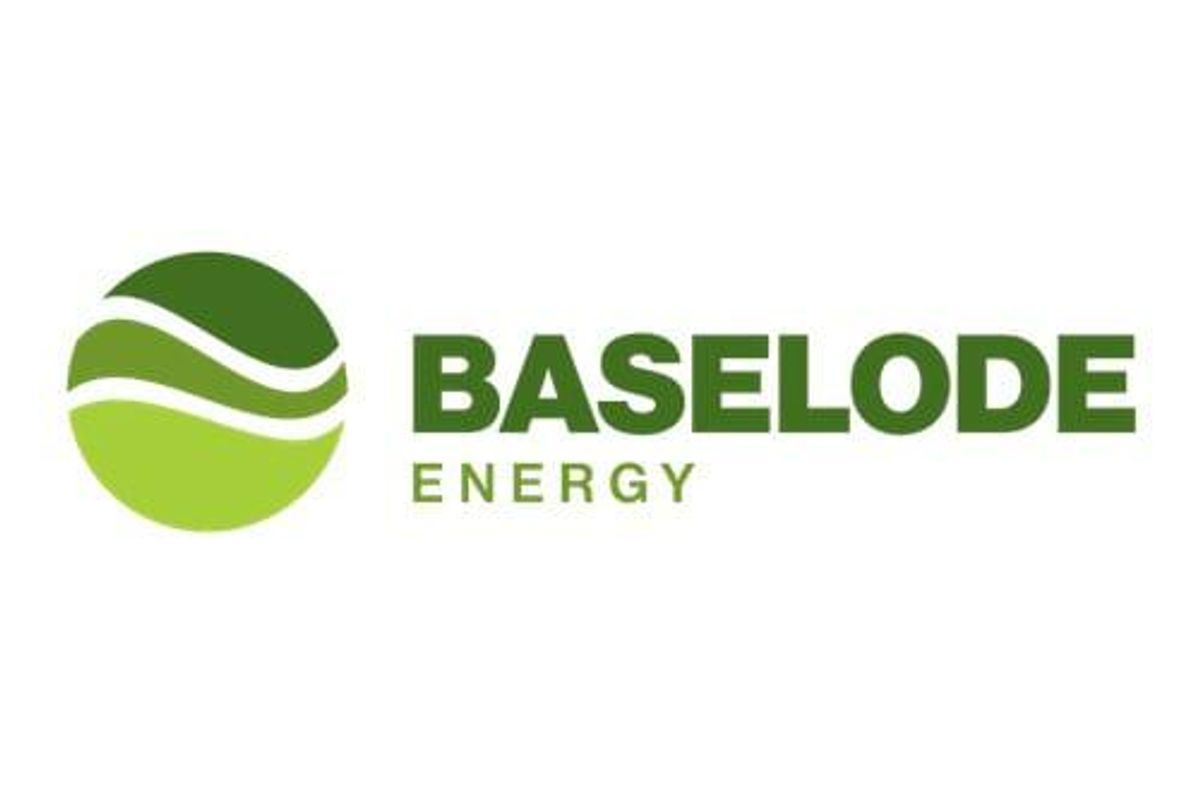
On BNN Bloomberg broadcast on June 24 & 25, 2023 - BTV-Business Television interviews emerging companies in the markets including:
NorthStar Gaming Holdings Inc. (TSXV: BET) - BTV highlights NorthStar's rapid rise in the iGaming market after a successful IPO, raising over $22 million. With strategic acquisitions including Slapshot Media and Spreads.ca, NorthStar is positioned for substantial growth in the Canadian iGaming industry, particularly in Ontario.
Goldshore Resources Inc. (TSXV: GSHR) (OTCQB: GSHRF) - BTV updates on Goldshore's flagship project, unveiling a remarkable mineral resource estimate exceeding 6 million inferred ounces of gold. Backed by a seasoned team and strong governance, Goldshore is primed to establish themselves as a premier gold company.
Nighthawk Gold Corp. (TSX: NHK) (OTCQX: MIMZF) - BTV explores Nighthawk's recent report revealing impressive results including nearly 300,000 ounces of projected annual production. With a significant global resource base of approximately 4 million ounces of gold and promising exploration targets, Nighthawk is primed for growth.
Baselode Energy Corp. (TSXV: FIND) (OTCQB: BSENF) - A key player in uranium exploration, Baselode is focusing efforts in Saskatchewan's Athabasca Basin. With abundant near-surface deposits and an impressive 1% uranium concentration, the company has launched an extensive drill program. Positioned near existing mills Baselode benefits from favourable mining conditions and holds promising prospects in the Athabasca Basin.
Marimaca Copper Corp. (TSX: MARI) - With over 900,000 tonnes of contained copper, Marimaca is poised to become a major copper source. BTV uncovers their exciting exploration prospects and recent funding partnership with Mitsubishi Corporation solidifying Marimaca Copper's industry position. The company targets a definitive feasibility study by early 2024 and copper production by 2026.
TD Canadian Bank Dividend Index ETF: BTV learns about the TD Canadian Bank Dividend Index ETF, an ideal investment option for Canadian investors seeking stable income and attractive yields.
Stenner Wealth Partners+: Stenner Wealth Partners+ is an award-winning in person/virtual team of financial/wealth specialists with a boutique approach and global perspective servicing Canadian and US investors/households with generally a minimum of 10M+ in investable assets or 25M+ net worth. As a CG Wealth Management team, SWP+ is a highly exclusive practice team with Canada's largest independent wealth management firm.
About BTV - Business Television:
On air for 25 years, BTV - Business Television, a half-hour investment TV show, features analysts, experts and emerging companies on location. With Hosts, Taylor Thoen and Jessica Katrichak, BTV shares up-and-coming companies and investment opportunities. Discover Investment Opportunities.
TV BROADCAST NETWORKS and TIMES:
CANADA:
BNN Bloomberg - Saturday June 24 @ 8:00pm ET, Sunday June 25 @ 5:30pm ET
US National TV:
Biz Television Network - Sun July 2 @ 1:00pm ET
Suggest a Company to Feature!
Contact: (604) 664-7401 x3 info@b-tv.com. To receive BTV news, subscribe.
To view the source version of this press release, please visit https://www.newsfilecorp.com/release/171007
